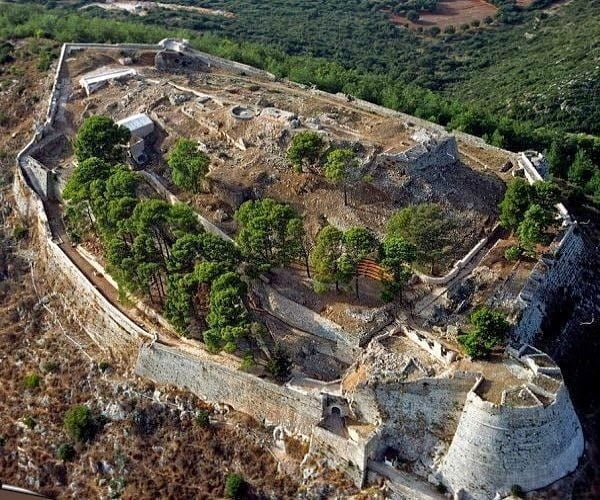Nestled in the shimmering waters of the Ionian Sea, Kefalonia, the largest of the Ionian Islands in Greece, is not just a destination of breathtaking natural beauty but also a place steeped in a rich tapestry of history. From ancient myths to modern struggles, the history of Kefalonia is a testament to the enduring spirit of this enchanting island.
Ancient Beginnings
Kefalonia’s history dates back thousands of years, with evidence of human settlement on the island as early as the Paleolithic era. In the Bronze Age, Kefalonia was inhabited by the Mycenaean Greeks, who left behind impressive tombs and artifacts. These remnants provide a glimpse into the island’s early civilization.
One of the most captivating aspects of Kefalonia’s history is its connection to Greek mythology. Legend has it that the island was named after Kefalos, a hero who, in some versions of the myth, was a son of the god Dionysus. The island’s geography, with its lush landscapes and dramatic cliffs, provides a stunning backdrop to these age-old tales.
Persian and Roman Rule
Throughout antiquity, Kefalonia faced various conquerors and rulers. The Persians occupied the island in the 6th century BC, followed by the Romans in the 2nd century BC. During Roman rule, Kefalonia flourished as an agricultural center, producing renowned wines and exporting them across the Mediterranean.
Byzantine and Venetian Eras
The Byzantine Empire succeeded the Romans, and Kefalonia became an integral part of the Byzantine world. During this period, Christianity took root on the island, leaving behind exquisite churches and religious art. However, Kefalonia’s history took a significant turn in the late Middle Ages when it came under the rule of the Venetian Republic.
Under Venetian rule, Kefalonia saw remarkable economic and cultural growth. The Venetians constructed fortifications, such as the impressive St. George’s Castle, which still stands today, offering panoramic views of the island. Venice’s influence can be seen in the architecture of Kefalonia’s charming towns and villages, with their narrow streets and elegant buildings.
Ottoman Occupation and the Struggle for Independence
The 16th century marked the beginning of a challenging era for Kefalonia, as it fell under Ottoman occupation. This period brought hardship to the island’s inhabitants, but it also fueled a desire for independence and autonomy.
In the early 19th century, during the Greek War of Independence, Kefalonia played a vital role in the struggle against Ottoman rule. The islanders rose in rebellion, joining the broader Greek fight for freedom. In 1809, the British took temporary control of Kefalonia, and later, in 1864, the Ionian Islands, including Kefalonia, were ceded to Greece.
Modern Times
In the 20th century, Kefalonia experienced both the turmoil of World War II and the devastating earthquake of 1953, which caused widespread destruction. The islanders displayed remarkable resilience, rebuilding their towns and communities. Today, remnants of the earthquake can still be seen in some parts of the island.
Kefalonia has evolved into a popular tourist destination, celebrated for its stunning beaches, vibrant culture, and warm hospitality. Yet, beneath its tourist-friendly exterior lies a deep history, a testament to the island’s enduring spirit and the indomitable will of its people.
As you explore Kefalonia’s pristine shores and charming villages, take a moment to reflect on the centuries of history that have shaped this beautiful island. From the myths of ancient Greece to the struggles for independence, Kefalonia’s history is a captivating story that adds depth and significance to every corner of this remarkable place.


